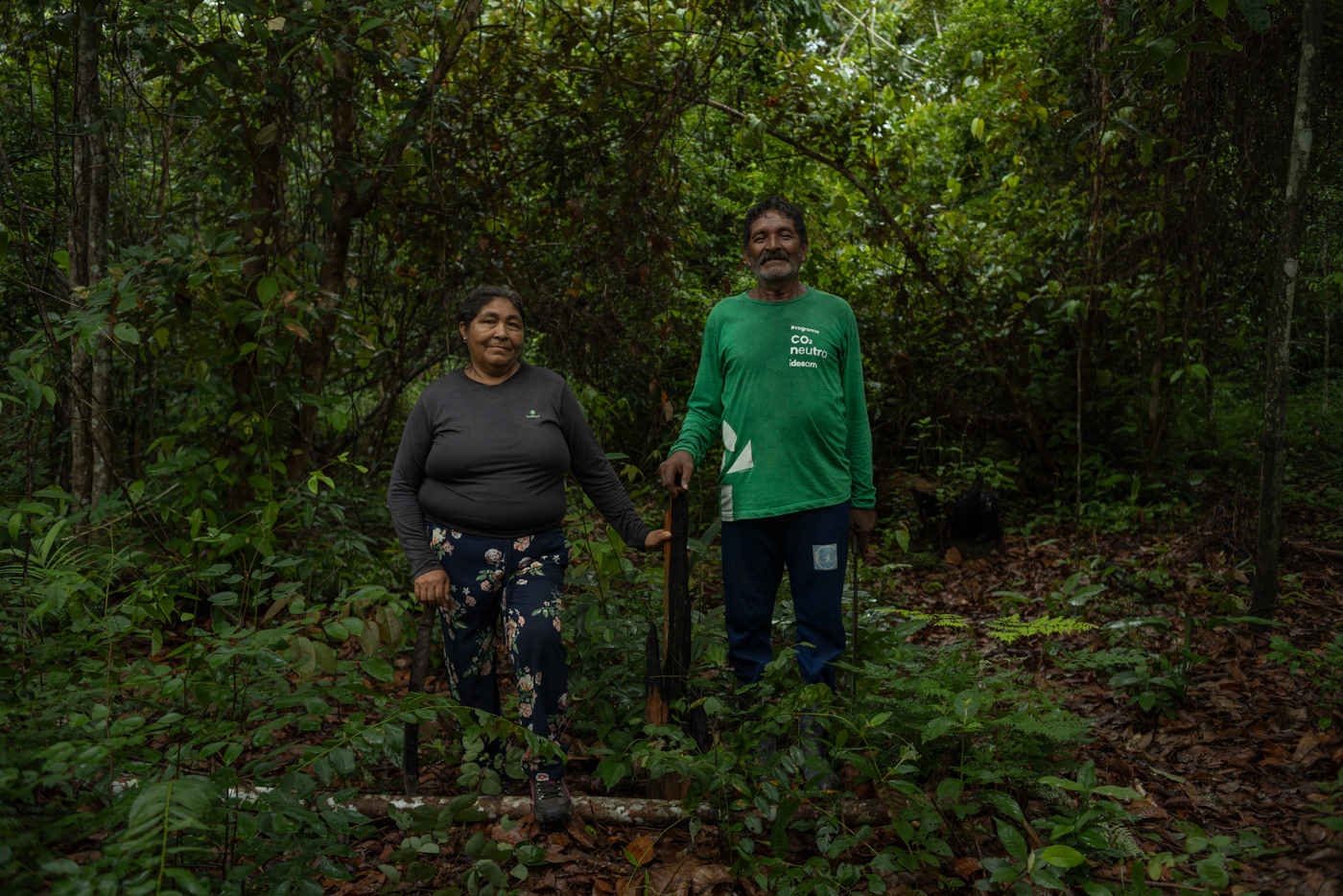
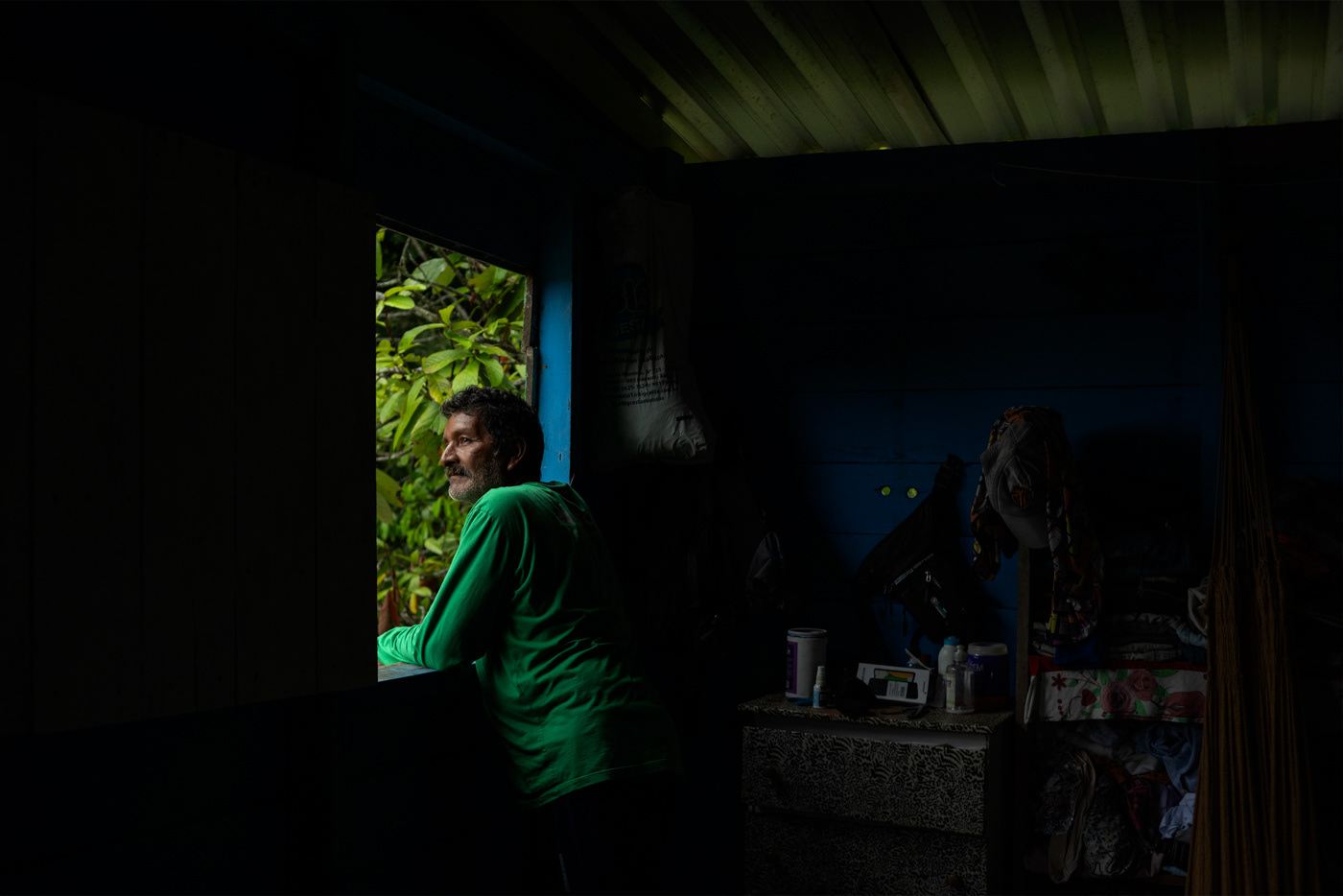

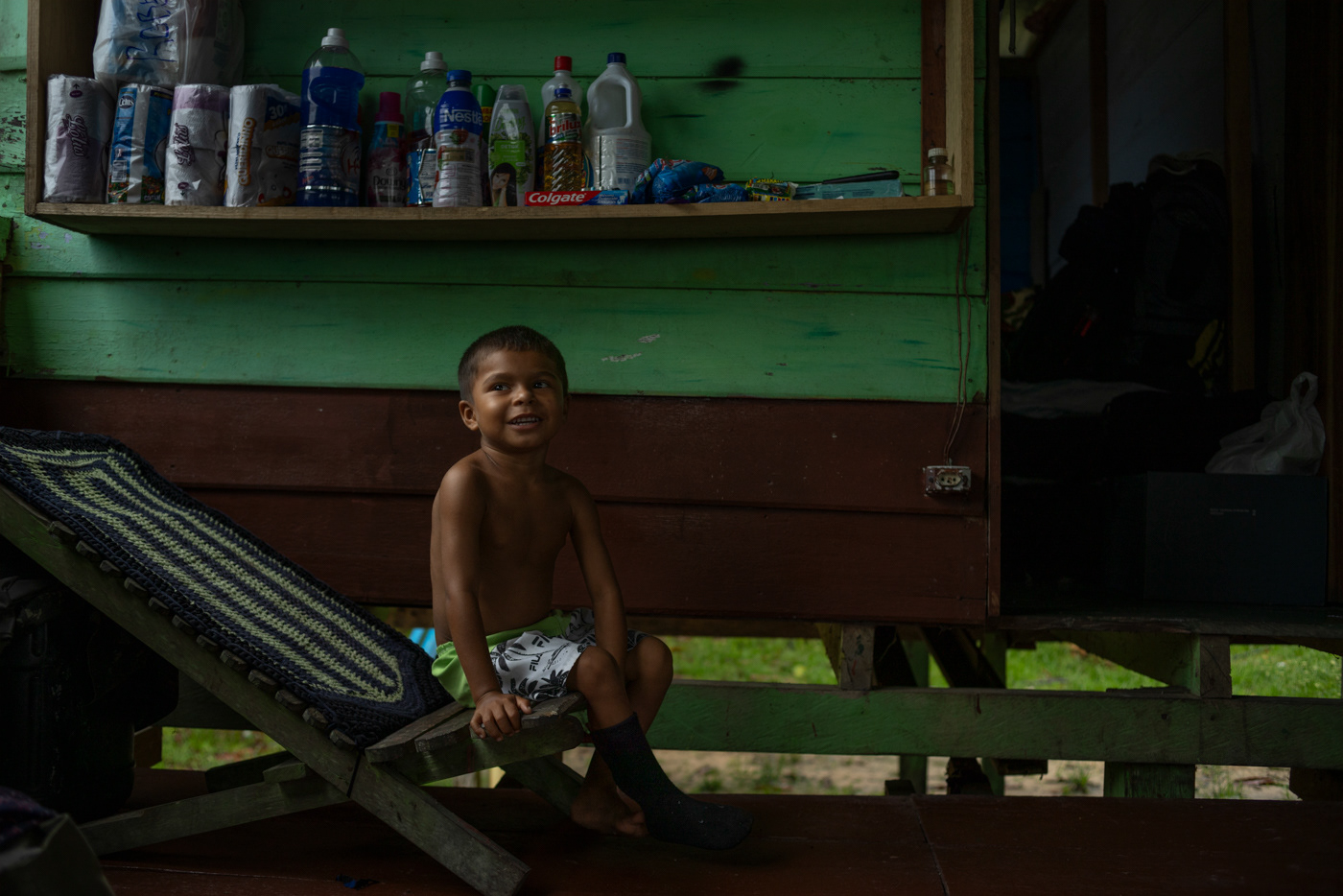



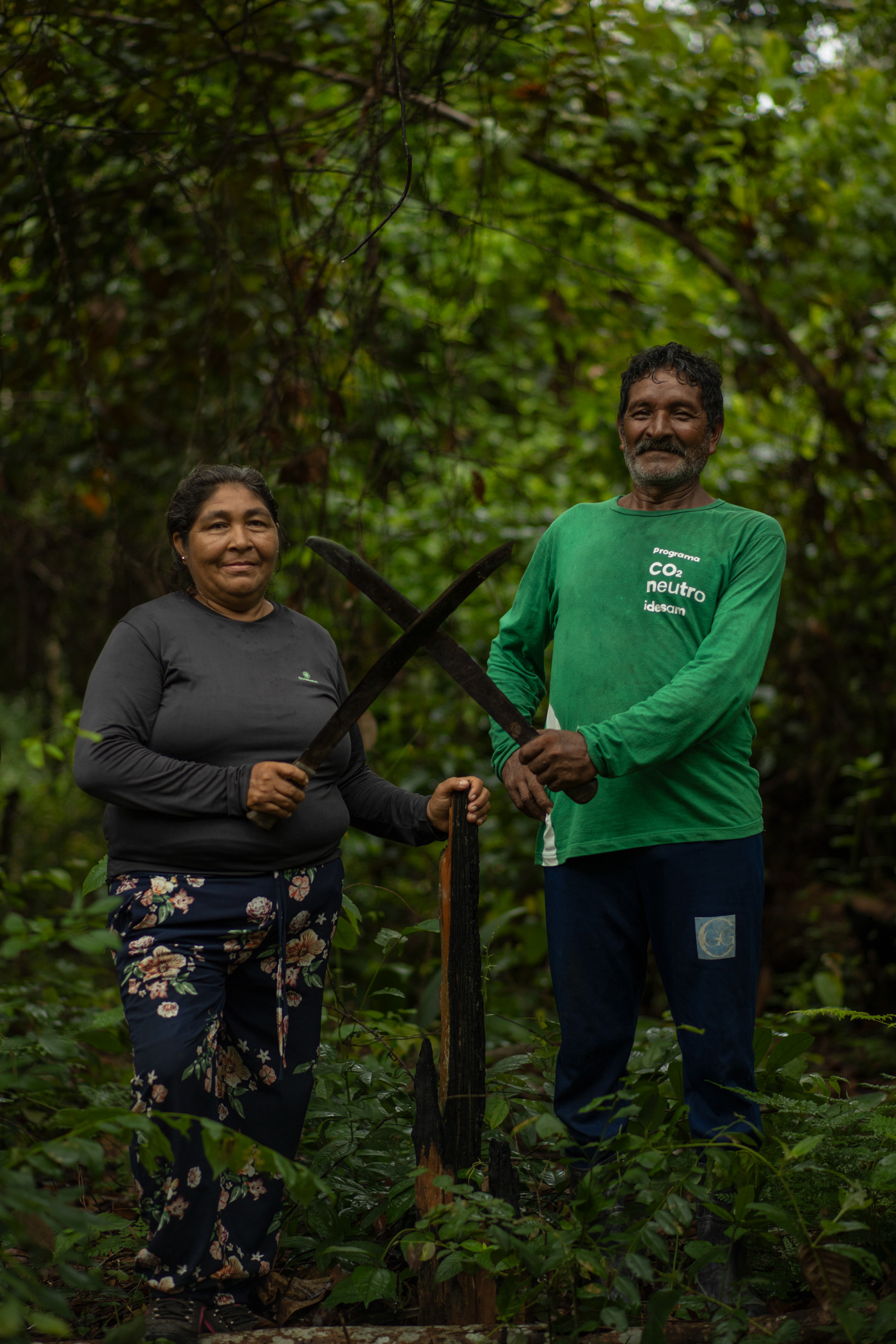
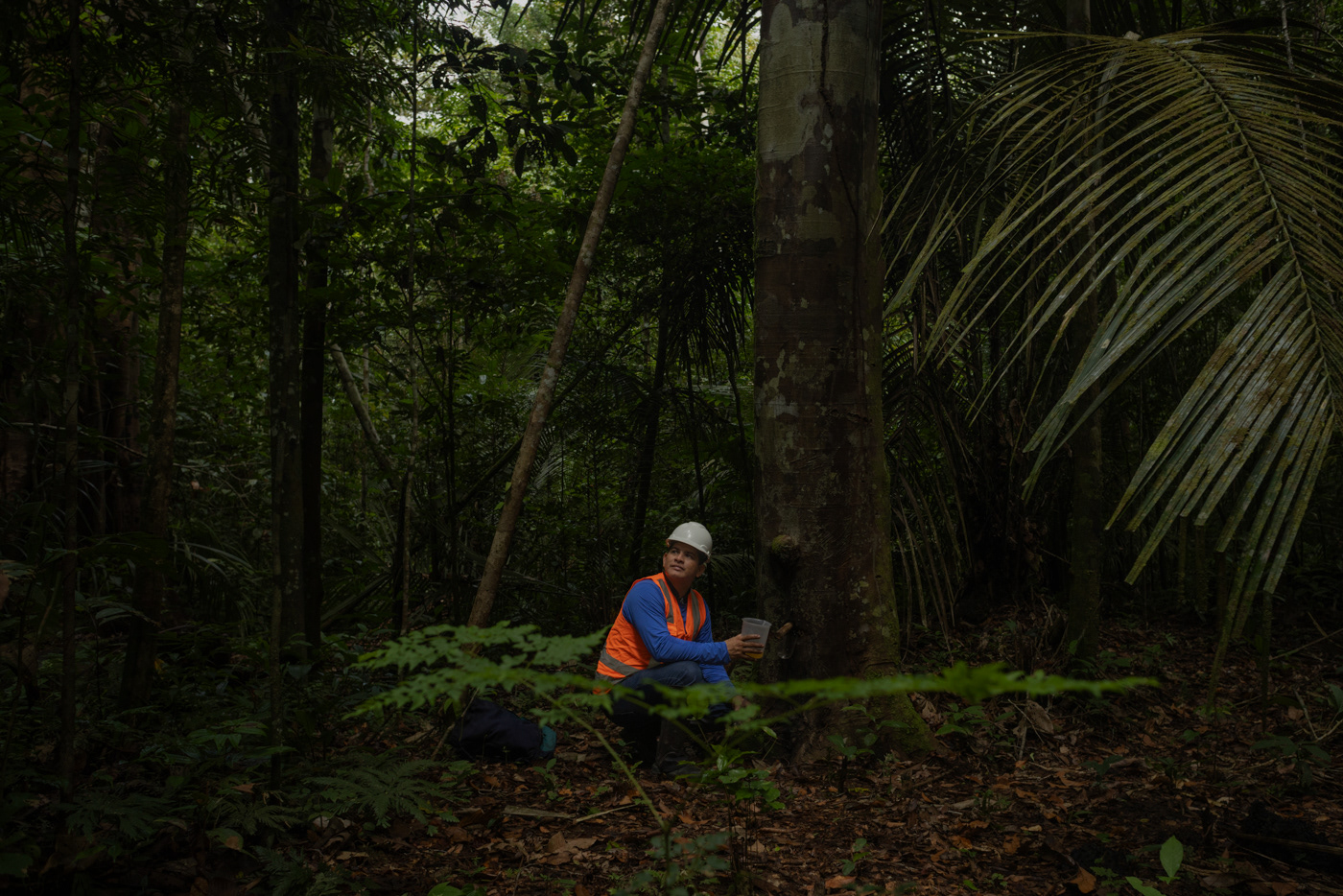



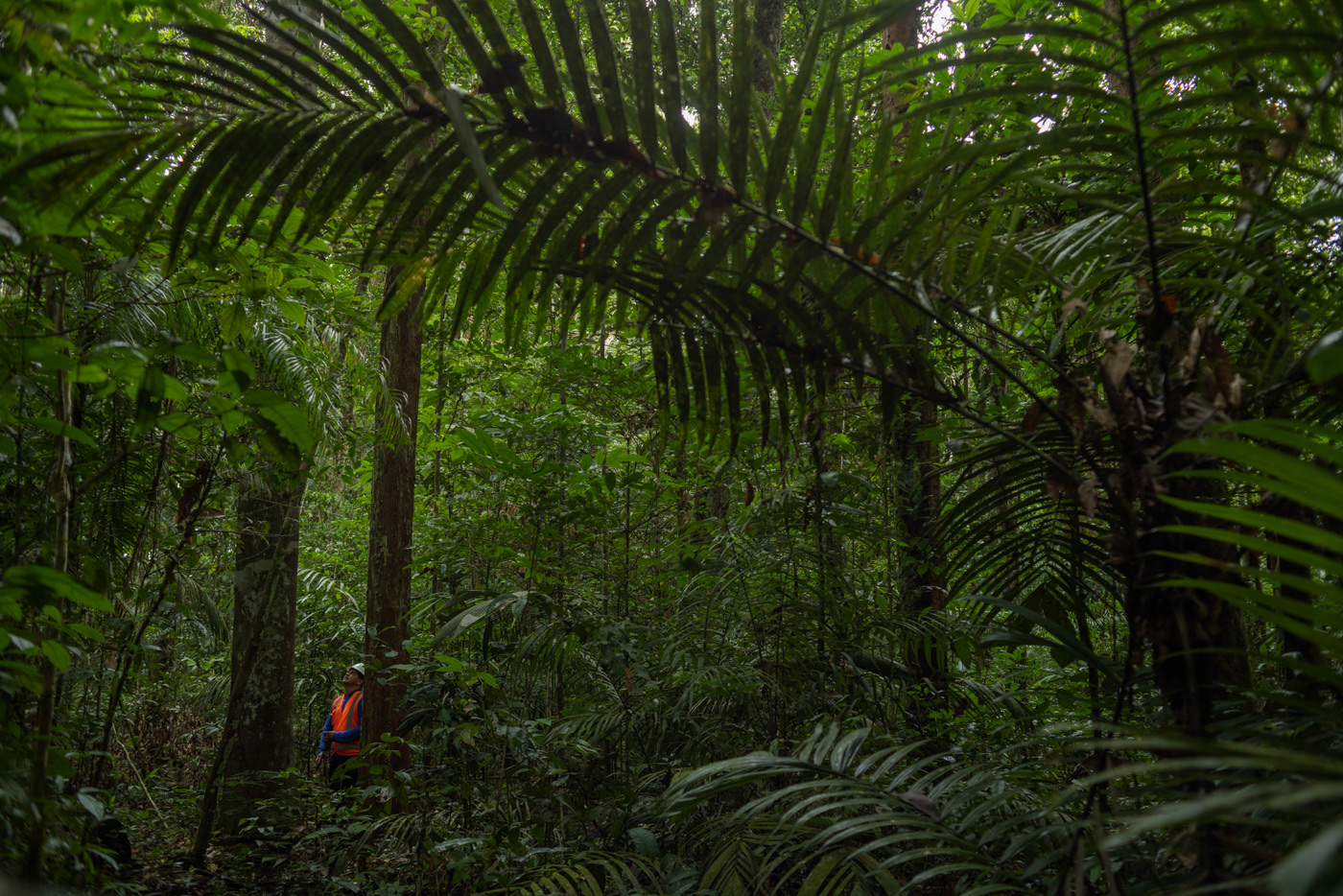


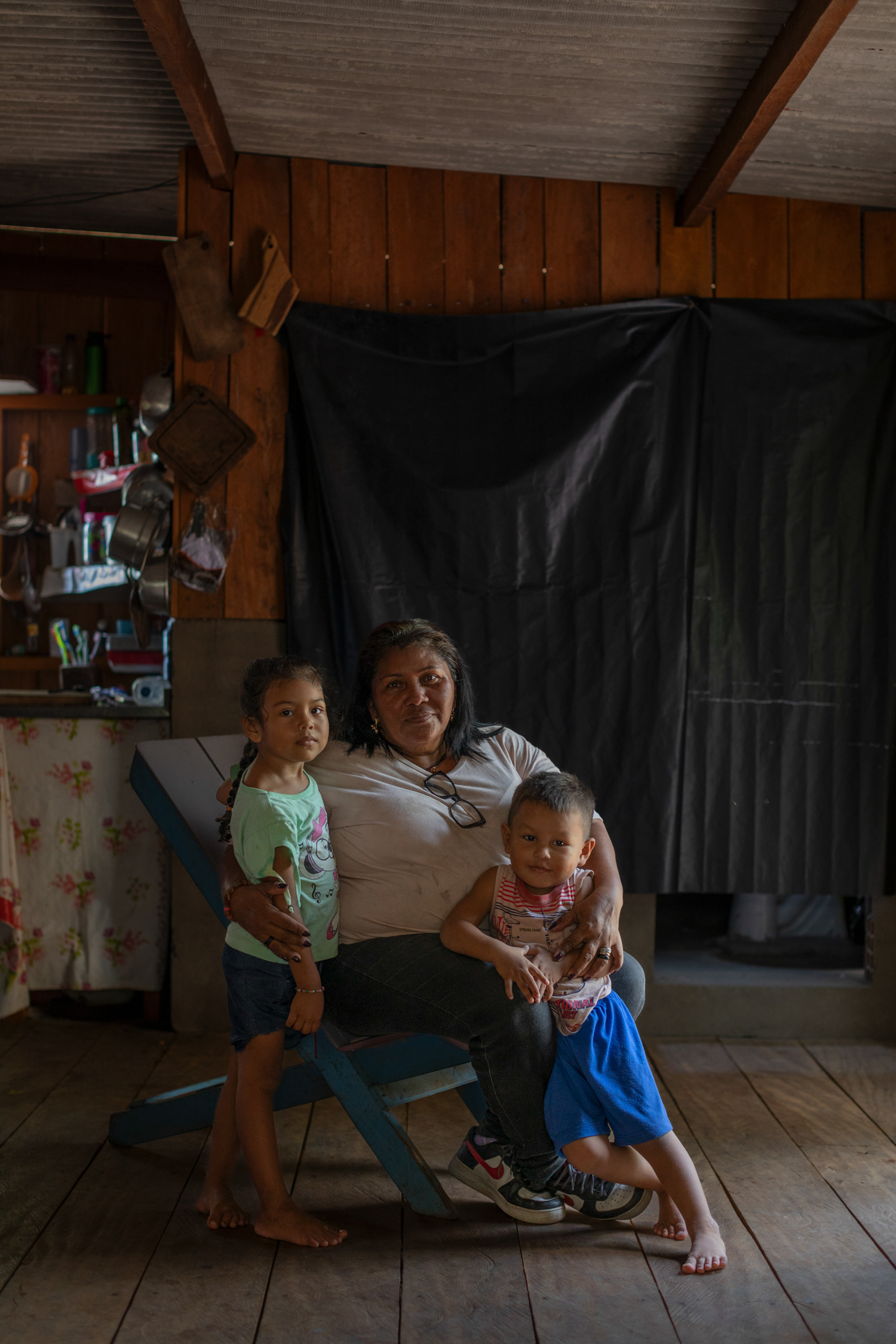
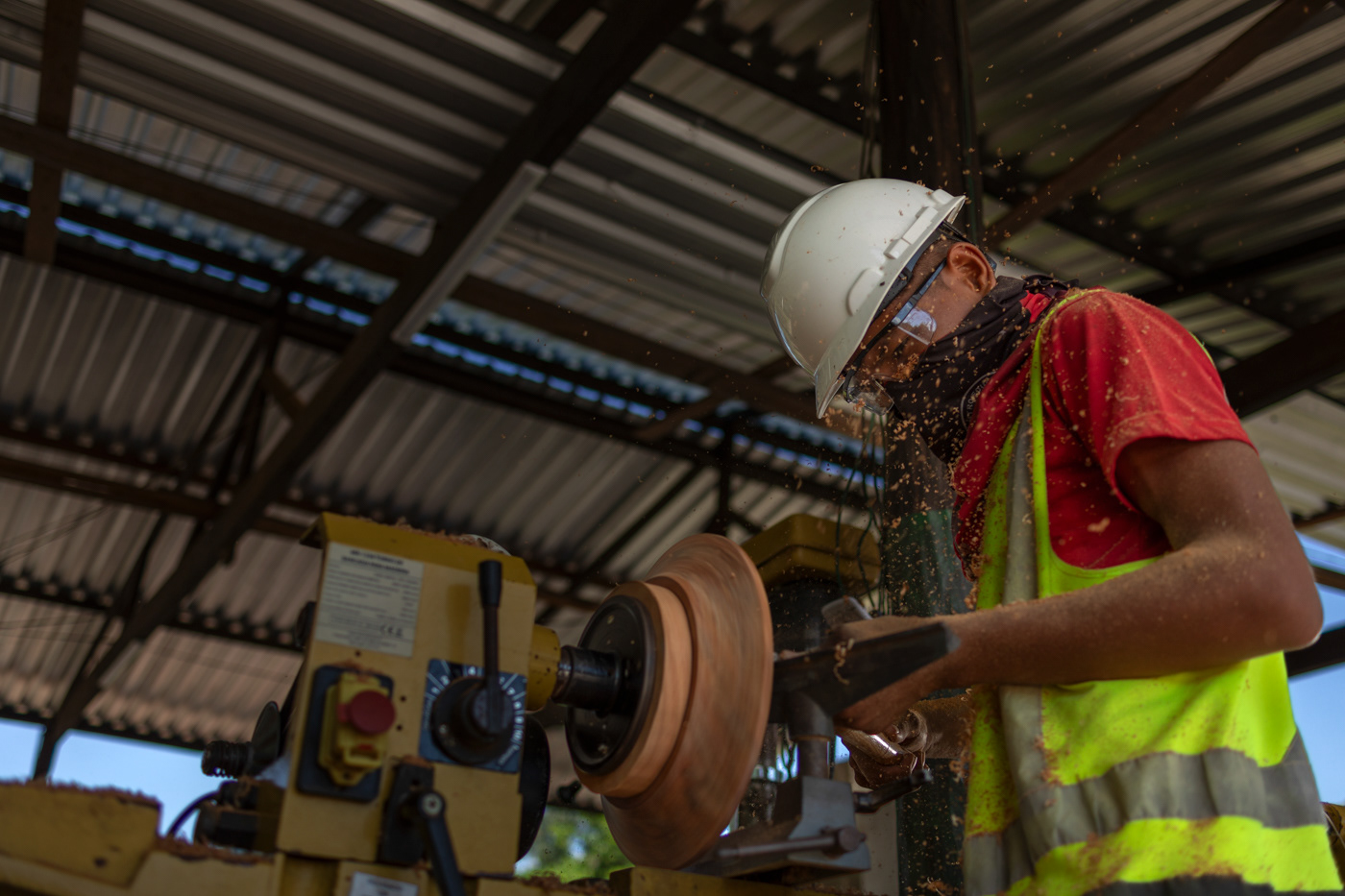






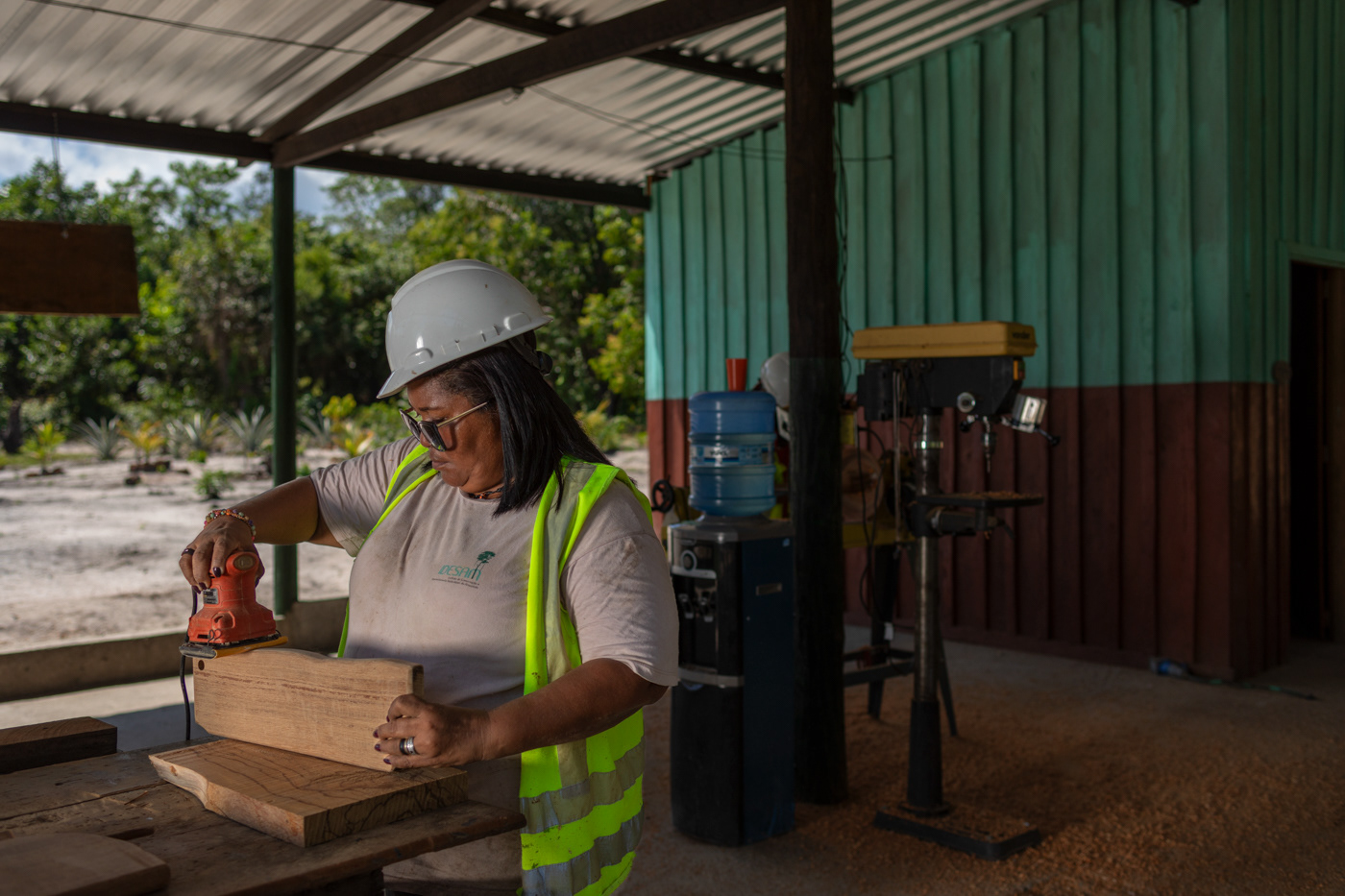
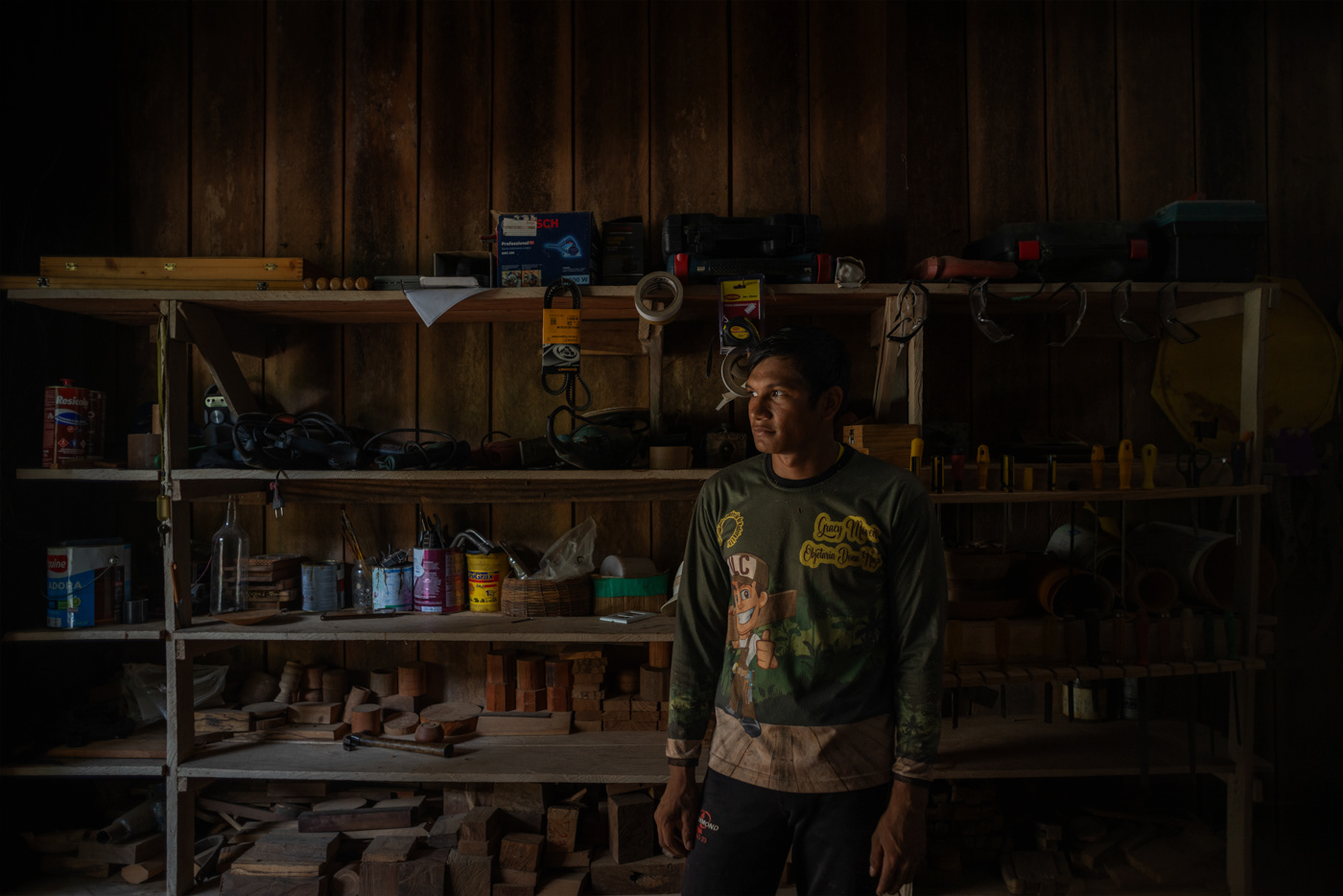
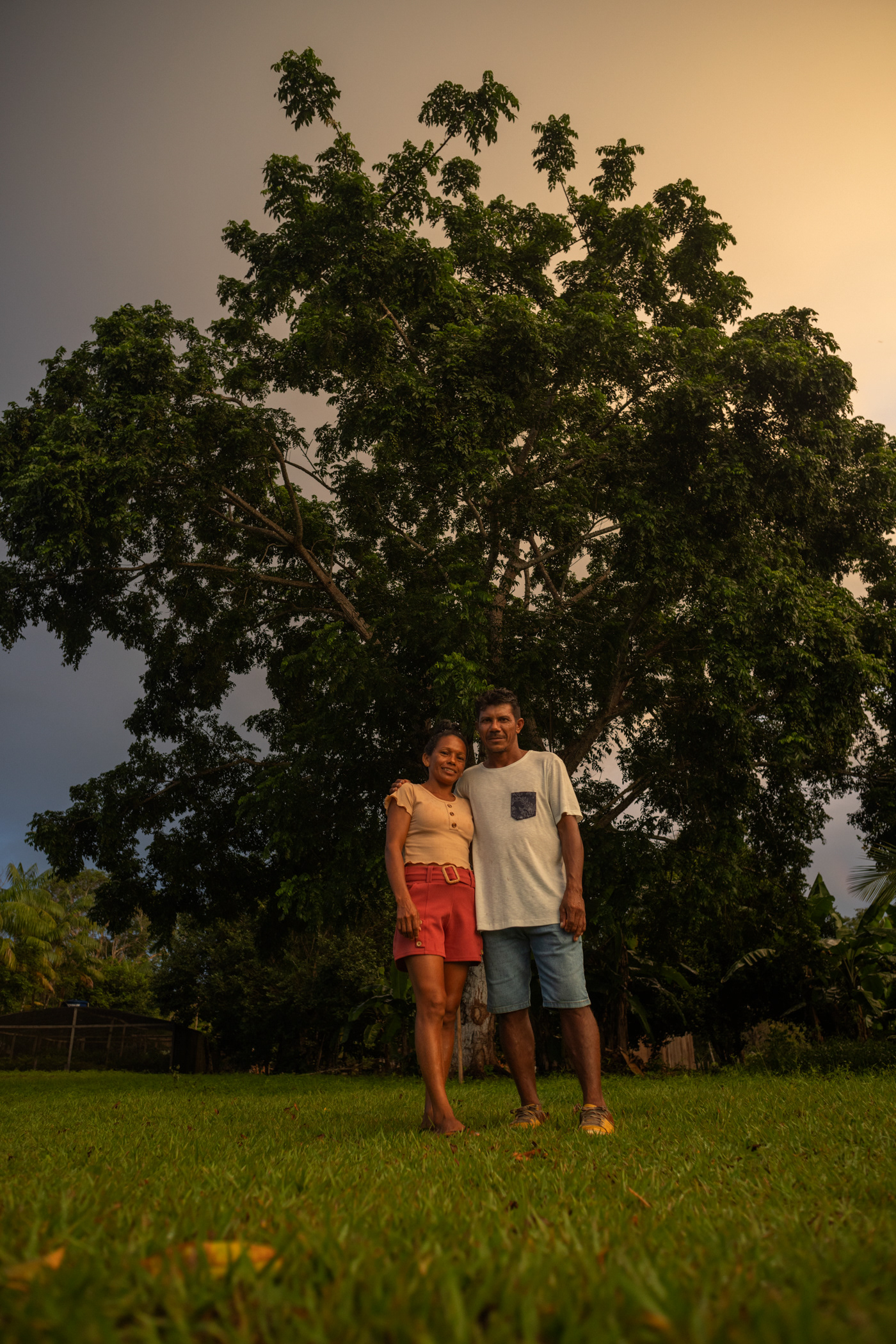
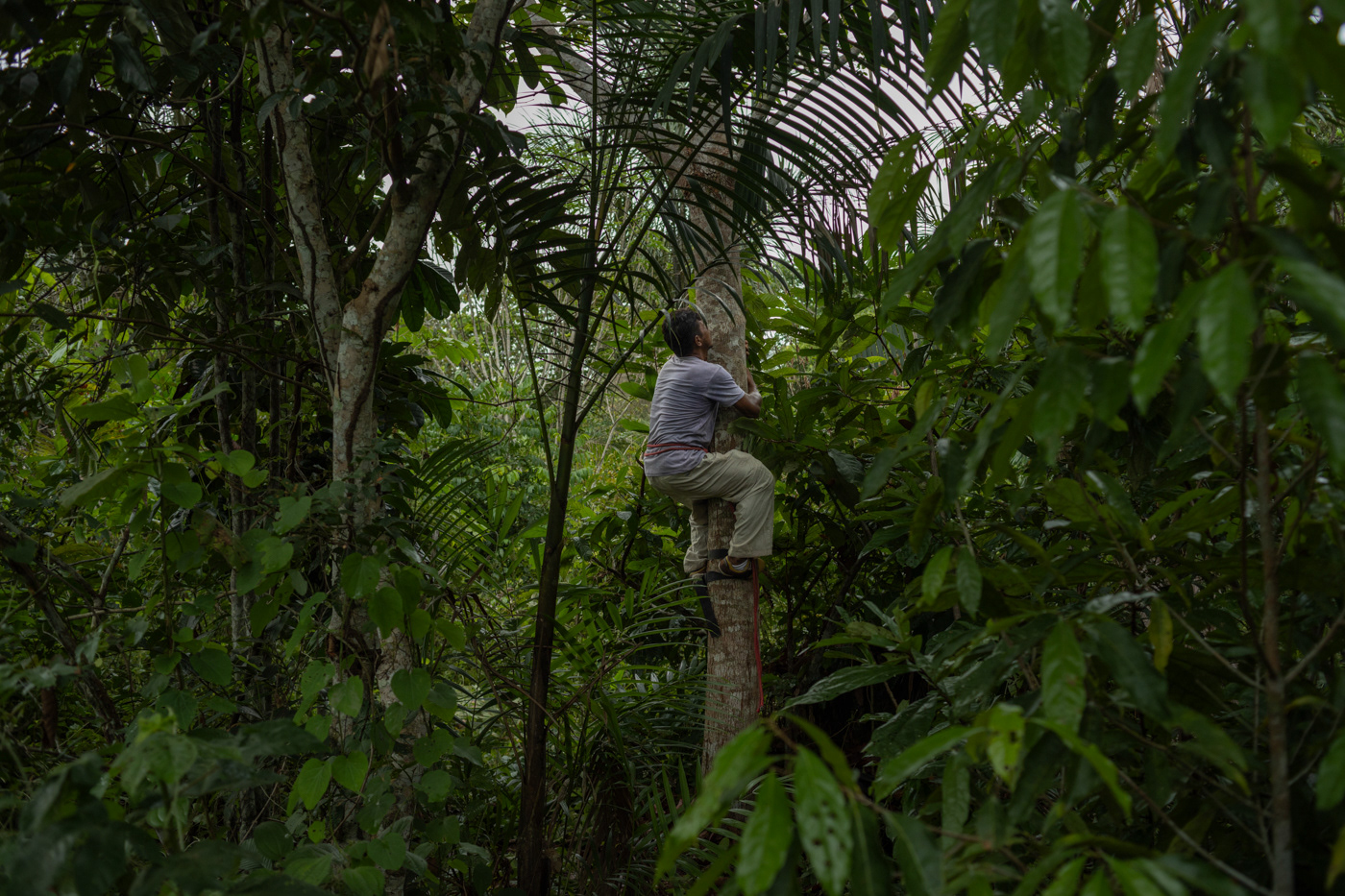
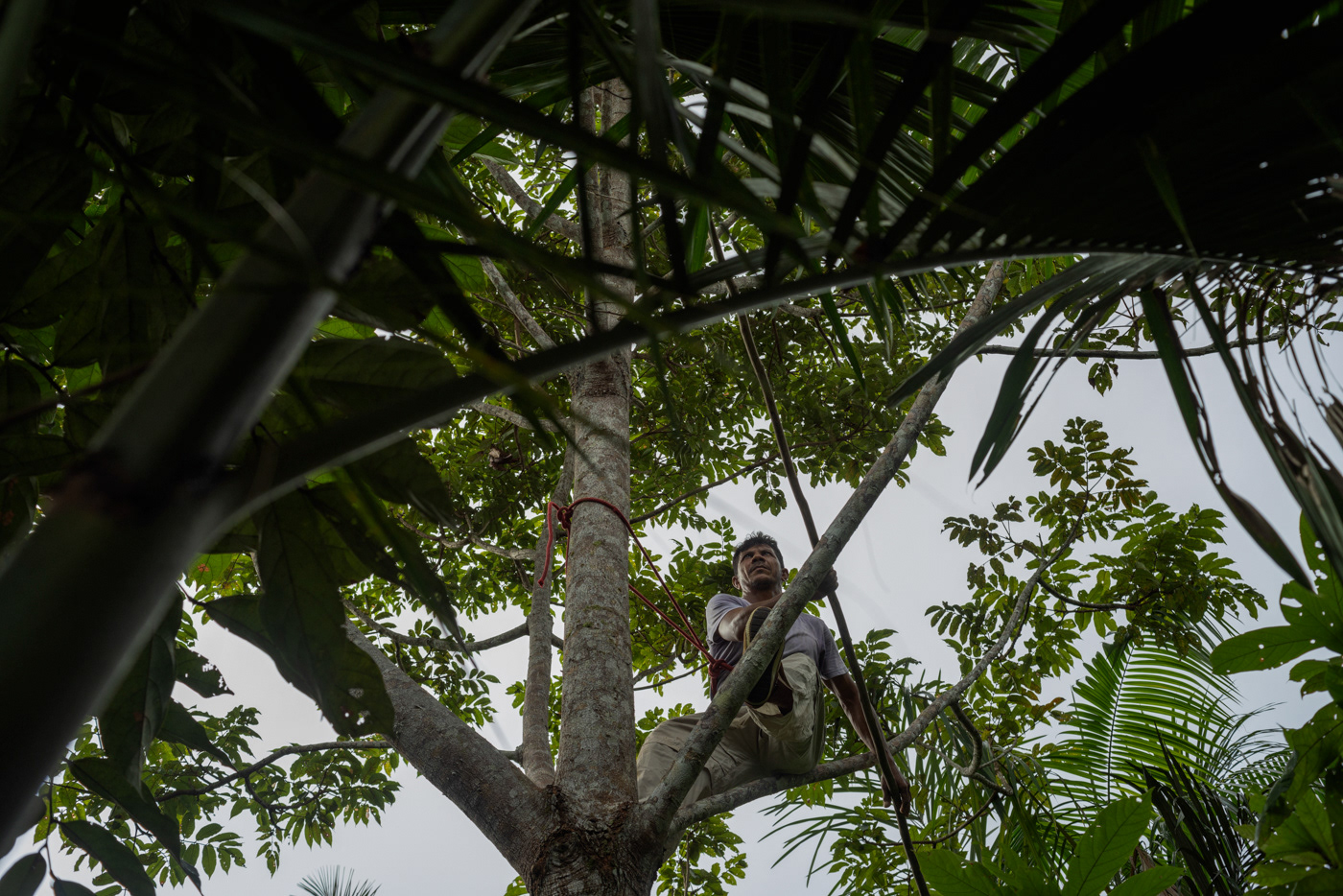
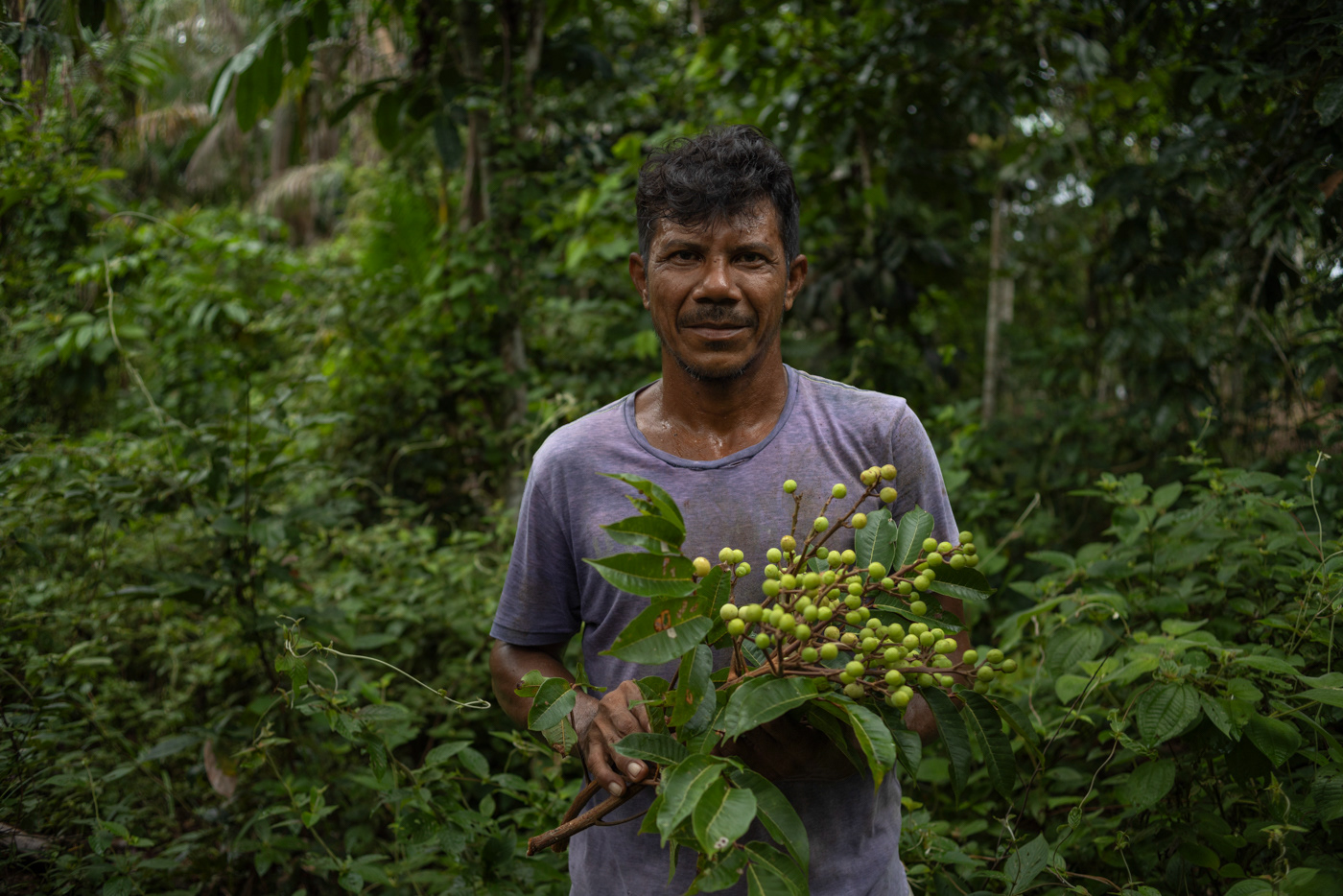






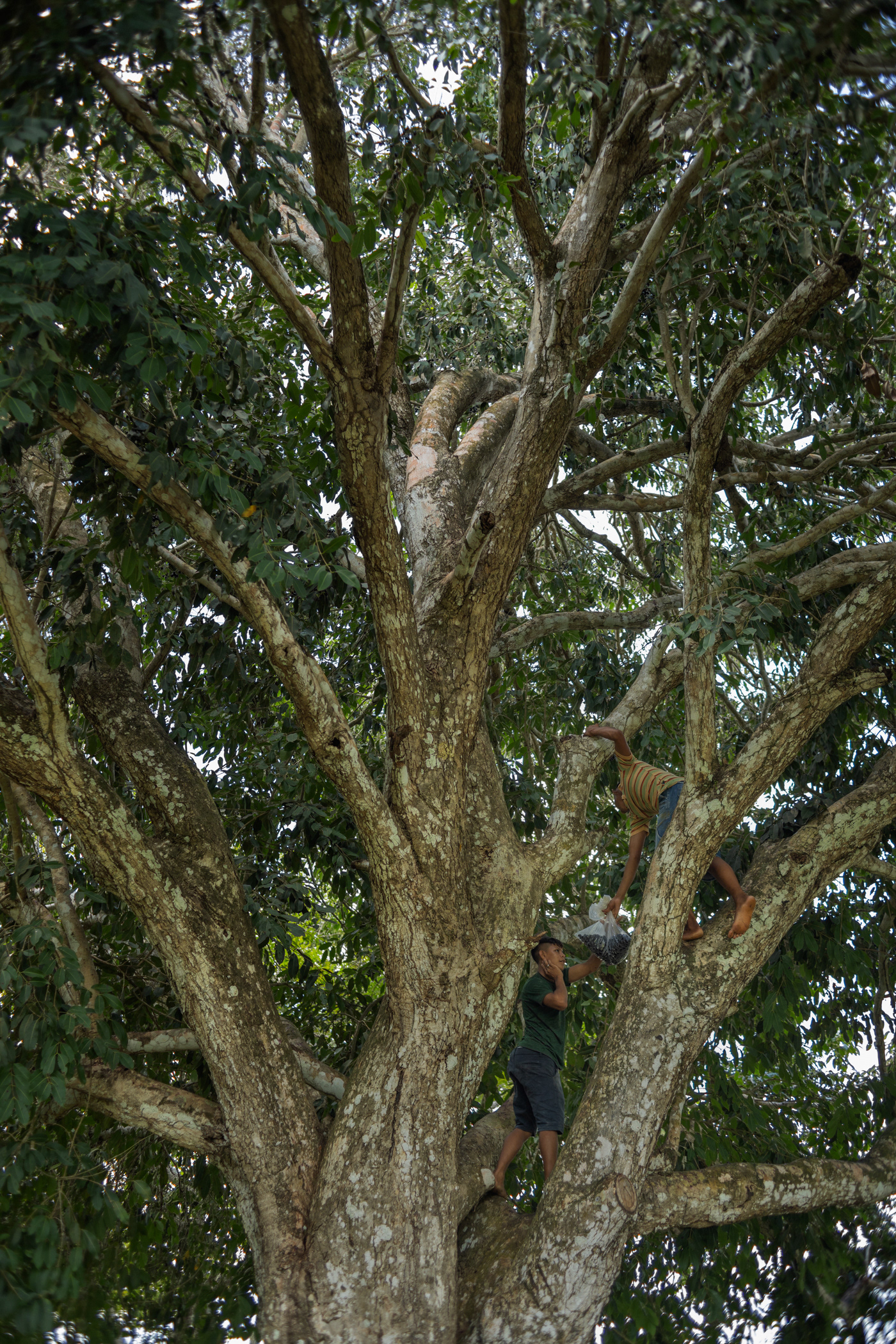






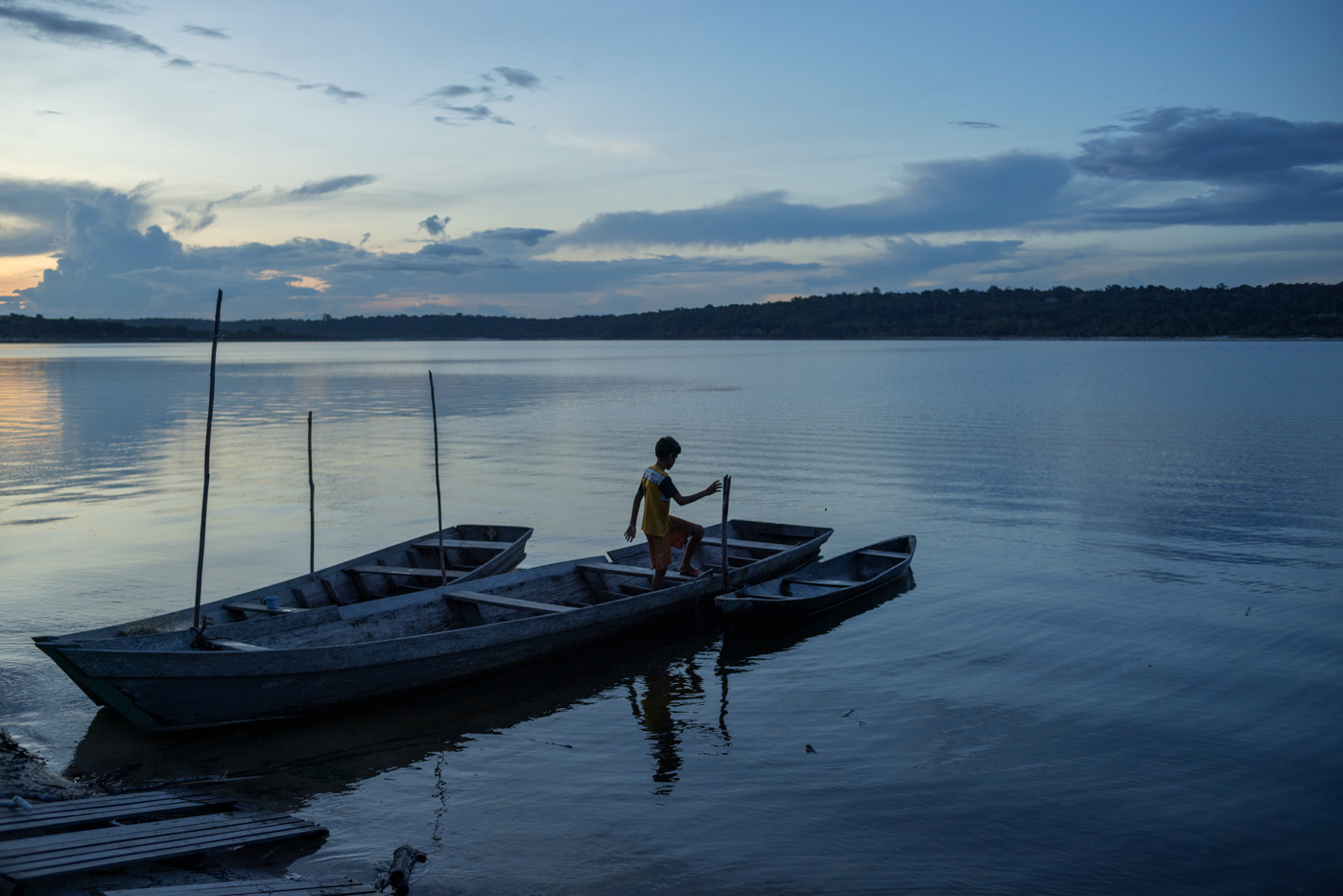

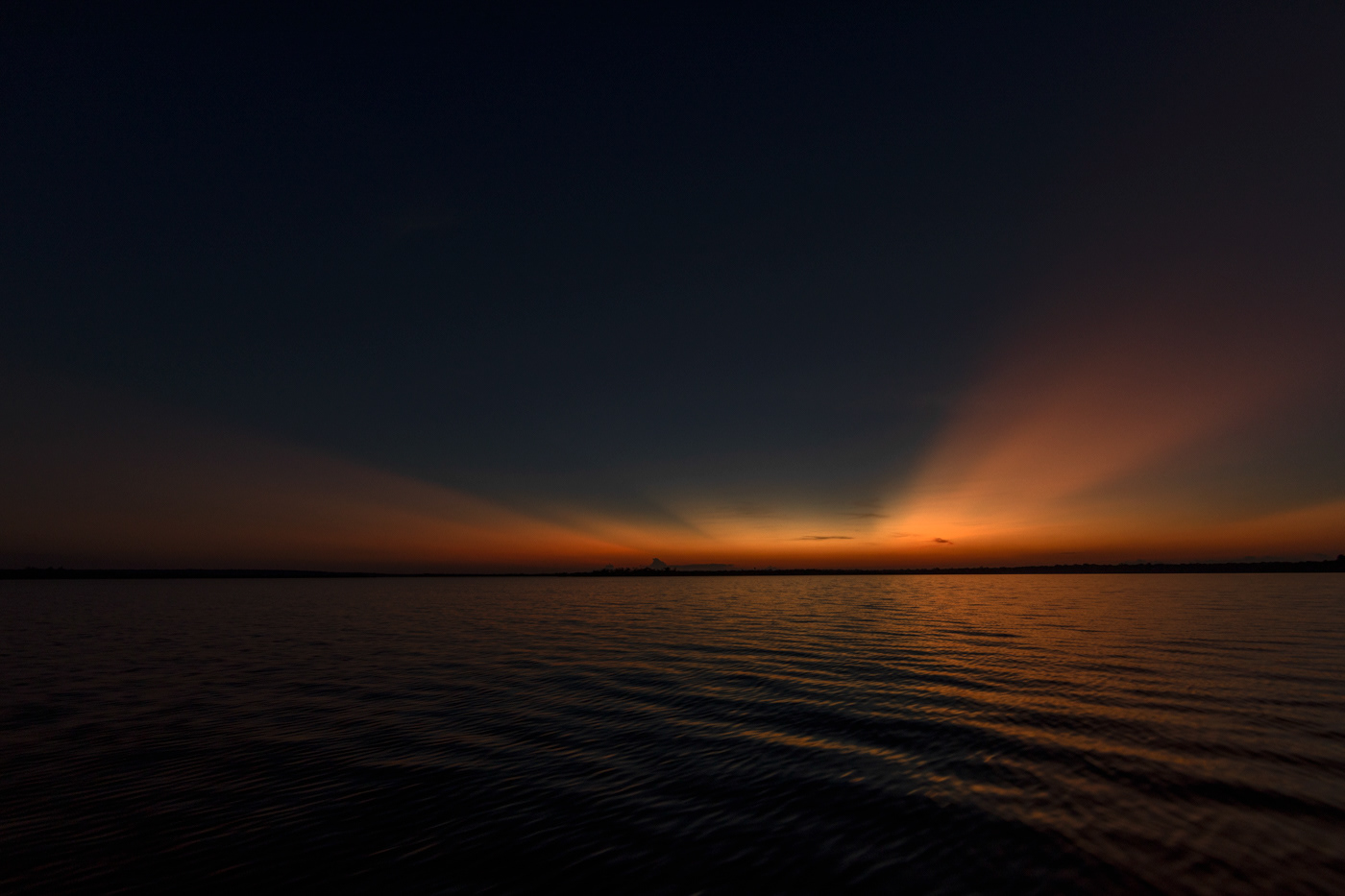
Uatumã's Sustainable Development Reserve (RDS UATUMÃ) is crossed along its entire length by the Uatumã River. The predominant vegetation is the Terra Firme ("Solid Ground") Forest, with there also being areas of Igapó, Baixio, Campinas and Campinaranas. Uatumã Reserve is one of the remnants of the environment that was lost with the construction of Balbina Hydroelectric Dam.
Around 250 families live in the Uatumã RDS, distributed in 20 communities located on the banks of the Uatumã, Jatapu and Caribi rivers. The residents base their economy on agroextractivism, mainly subsistence and small-scale agriculture, fishing and forestry extraction. Agriculture represents the main productive and profitable activity of the communities in the RDS of Uatumã, and is also important in the subsistence and nutrition of riverside residents. The production of cassava for the manufacture of flour is the mainstay of the Reserve's economy. The system is based on forest felling, burning, production and abandonment of the area for fallow.
As a way of supporting a more profitable, sustainable and low carbon emissions model of agriculture, the implementation of Agroforestry Systems is currently being promoted, with an emphasis on the production of species aimed at generating income and food security for riverside residents, at the same time in which they contribute to the conservation of the Conservation Unit.
There are 03 tree nurseries in the Uatumã RDS for the production of seedlings of forest species native to the Amazon, with a total annual potential of 8,500 seedlings. They are located in 03 different communities, and have special functions in each of these regions:
Built in the lower part of the Reserve, in the Nova Jerusalem do Amaro Community, the nursery has the capacity to produce 1,500 seedlings annually and its main objective is to produce native fruit seedlings, such as camu-camu and araçá-boi.
Located in the Santa Luzia do Carantuba community (central part of the reserve), and with capacity for the production of 2,000 seedlings annually, the nursery is mainly intended for the production of rosewood seedlings (Aniba roseadora). Rosewood is a tree native to the Amazon and is on the list of species at risk of extinction. An essential oil is extracted from this species, which is quite valuable and sought after by the cosmetics industry for its perfume-fixing properties.
In RDS there are several residents who make pieces from wooden objects, weave fibers and build utensils used in everyday life by hand. Today there are programs there for the development of activities and training aimed at improving artisanal production techniques, such as courses for crafts in small wooden objects.
The Uatumã RDS has immense scenic beauty made up of mountains that border the banks of the Uatumã River, campinas and campinaranas, white sand beaches, rapids and waterfalls, surrounded by preserved tropical forest, archaeological sites and low numbers of insects (due to the acidity of the black water). Furthermore, the relative proximity to Manaus, the tradition of sport fishing and the receptivity of local residents, make the reserve a place with great tourist potential.
The Uatumã Biological Reserve - REBIO with more than 900 thousand hectares was created by IBAMA, in 1990, to compensate for the environmental impact caused by the implementation of the Balbina Hydroelectric Plant, which flooded an area of around 300 thousand hectares. The Reserve area is in an excellent state of conservation, being considered one of the priorities for maintaining the biological diversity of the Amazon and is part of the Central Amazon Ecological Corridor, the largest set of protected areas on the planet.
(source: Idesam - idesam.org )
